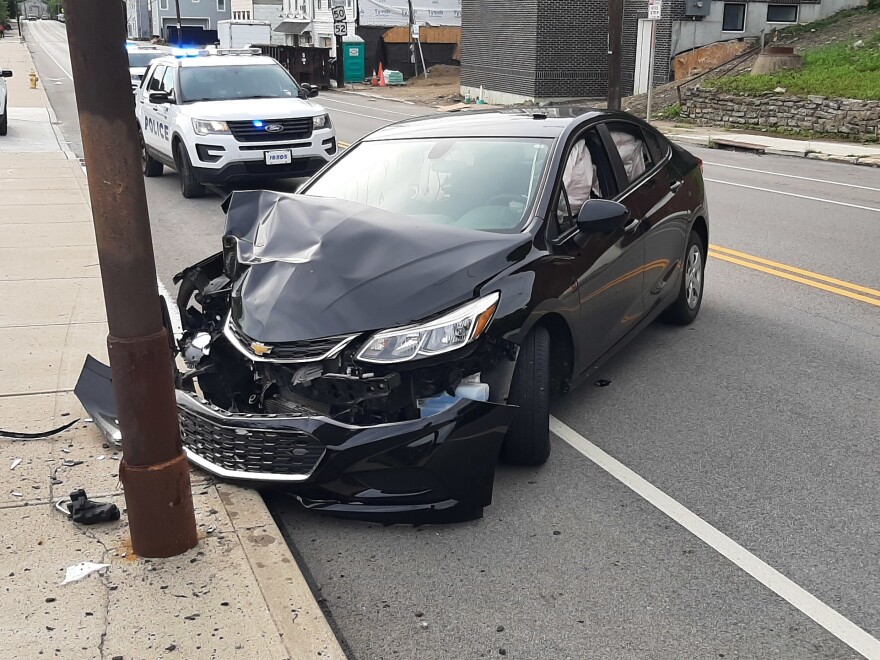Car accidents in Anchorage are more than just inconvenient—they can leave you dealing with medical bills, missed work, and long-term pain. After a crash, one of the biggest questions is: Who is responsible for paying?
The answer lies in Alaska’s “fault” laws, which determine liability and compensation after a car accident. If you’ve been involved in a crash in Anchorage, understanding how these laws work—and how they affect your claim—can make a big difference in your financial recovery.
Alaska Is an “At-Fault” State: What Does That Mean?
Alaska follows a traditional fault-based system when it comes to car accidents. This means that the driver who caused the accident (or their insurance company) is legally responsible for paying for the resulting damages, including:
- Medical bills
- Vehicle repair or replacement
- Lost wages
- Pain and suffering
In contrast, some states have “no-fault” insurance systems where your own insurance covers certain losses regardless of who caused the accident. That’s not how it works in Alaska—fault matters here.
How Is Fault Determined in an Anchorage Car Accident?
Determining fault involves examining the facts and evidence surrounding the accident. In Anchorage, this often includes:
- Police reports
- Witness statements
- Dashcam or surveillance footage
- Photos of the accident scene
- Road conditions (especially ice or snow in winter)
- Vehicle damage analysis
In some cases, fault is clear—for example, when a driver runs a red light or rear-ends another vehicle. But in many situations, the fault may be shared between both drivers. That’s where Alaska’s comparative negligence law comes into play.
What Is Comparative Negligence?
Alaska uses a pure comparative negligence system. This means that more than one person can be found partially at fault for an accident, and damages are awarded based on each party’s percentage of fault.
For example:
- If you were found to be 20% at fault and the other driver was 80% at fault, you can still recover damages—but your compensation would be reduced by 20%.
So if your damages total $50,000, you would receive $40,000.
Even if you’re 90% at fault, you could still recover 10% of your damages under this system—though the more fault you’re assigned, the less you can collect.
Common Scenarios That Raise Fault Questions in Anchorage
Anchorage’s unique environment leads to several types of accidents where fault isn’t always obvious:
1. Icy or Snowy Road Accidents
Drivers are expected to operate their vehicles safely for the conditions—even if roads are slick. If someone is speeding or fails to maintain control in icy conditions, they could be found at fault.
2. Wildlife Collisions
Moose collisions are common in Anchorage. If a driver swerves to avoid hitting an animal and crashes into another vehicle, questions arise about whether the maneuver was necessary or reckless. Fault may be shared.
3. Multi-Vehicle Pileups
Chain-reaction crashes on the Glenn or Seward Highway can involve several cars. Determining fault in these situations is complex and often requires detailed investigation.
Why Insurance Companies Try to Shift Blame
Because Alaska uses a comparative negligence system, insurance companies have a strong incentive to blame you for part (or all) of the accident. The more fault they can shift to you, the less they have to pay.
This is why you should be extremely cautious when speaking with insurance adjusters. Don’t admit fault or speculate about what happened. Even saying “I’m sorry” can be misinterpreted.
Instead, consider contacting an experienced Anchorage car accident attorney before giving any statements.
How a Lawyer Can Help With Fault and Compensation
A local personal injury attorney understands Alaska’s traffic laws and the tactics insurance companies use. They can:
- Investigate the accident thoroughly
- Gather and preserve evidence
- Consult with accident reconstruction experts if needed
- Negotiate with insurers on your behalf
- Fight for full compensation—even if you’re partially at fault
If necessary, they can take your case to court to ensure you get what you’re entitled to.
Don’t Wait—Alaska Has a Time Limit
Alaska’s statute of limitations for personal injury cases is two years from the date of the accident. If you don’t file a lawsuit within that time, you could lose your right to compensation—no matter how strong your case is.
Final Thoughts
Fault laws in Alaska can be confusing, especially when you’re dealing with injuries, vehicle damage, and insurance adjusters all at once. Whether you were hit on an icy Anchorage street or involved in a chain-reaction crash, understanding who pays—and why—can help you protect your rights and your future.
If you’re unsure who was at fault or if you’re being unfairly blamed, don’t go it alone. A skilled Anchorage car accident lawyer can help you navigate the legal system and fight for the compensation you deserve. We recommend anchorage car accident lawyer.












Leave a Reply